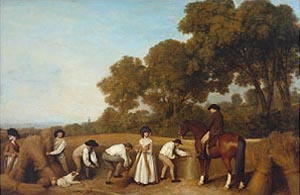The Social History of Art
Slide 1: J.R. Herbert, A.W.N. Pugin 1845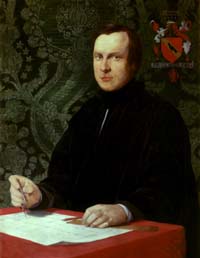
Slide 2: A.W.N. Pugin, Contrasted Residences of the Poor in Contrasts, 1836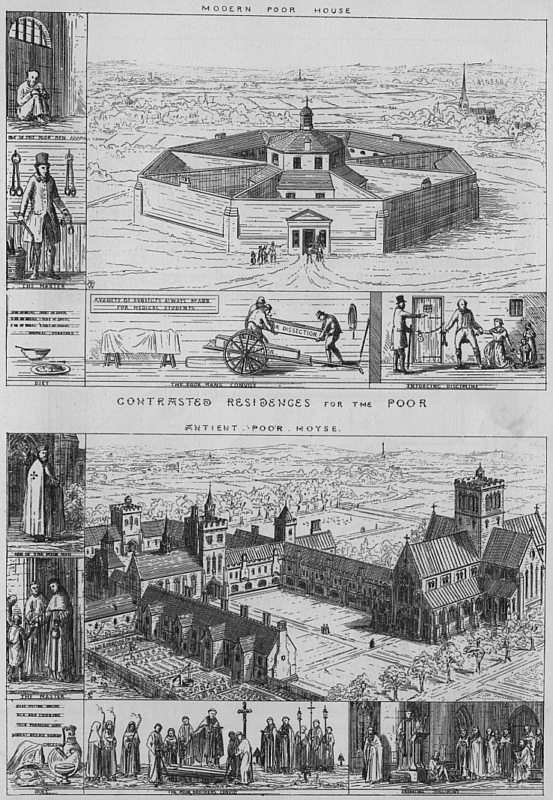
Slide 3: A.W.N. Pugin, Contrasted Towns in Contrasts, 1836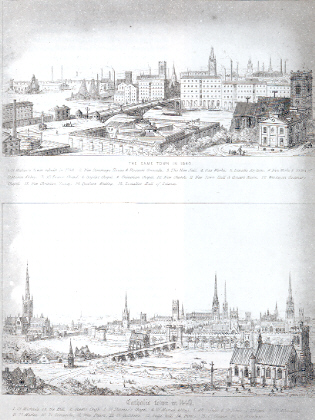
Slide 4: A.W.N. Pugin, Contrasted Towns in Contrasts, 1836: detail of 1440(image not found)
Slide 5: A.W.N. Pugin, Contrasted Towns in Contrasts, 1836: detail of 1840(image not found)
Slide 6: Giotto, The Last Judgement c. 1305, Arena Chapel, Padua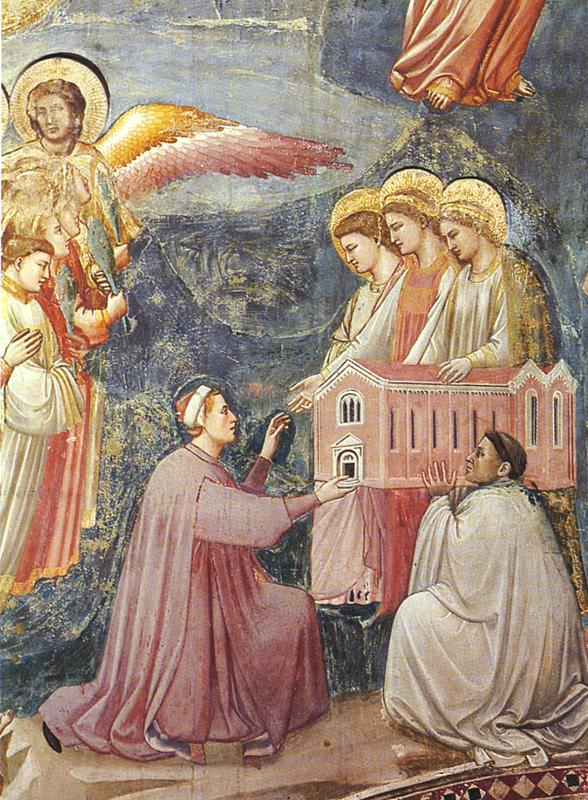
(Detail) Below the cross, on the left, is the dedicatory scene, in which Enrico Scrovegni kneels before the Virgin and two saints, offering a model of the Arena Chapel upheld by an Augustinian friar. The portrait of Scrovegni, who is shown in sharp profile, is a faithful representation of the youthful features of the same man shown in old age on his marble tomb in the same chapel. His clothing and hairstyle reflect the fashions of the day, and provide valuable information on contemporary costume. The figure of Scrovegni is on the same scale as the sacred figures he is addressing – it was evidently enough to show him kneeling before these figures to indicate his “inferior” status. The model of the chapel presented by Scrovegni differs in a few details from the real chapel, a fact which suggests that the Last Judgement may have been painted before the exterior of the chapel was completed. This is a strong possibility since the most pictorially advanced parts of the cycle, i.e. those most similar to Giotto’s later works, appear on the wall opposite the Last Judgment, above and on each side of the chancel arch. The warm, rich colours of the angels surrounding God, and of the figures of Gabriel and Mary are related to the fresco decorations in the Magdalen Chapel in the Lower Church at Assisi, which are the closest to the Paduan frescoes of all of Giotto’s surviving cycles
Slide 7: Giotto, The Last Judgement — detail of Scrovegni c.1305, Arena Chapel, Padua(image not found)
Slide 8: Giotto, Justice c.1305, Arena Chapel, Padua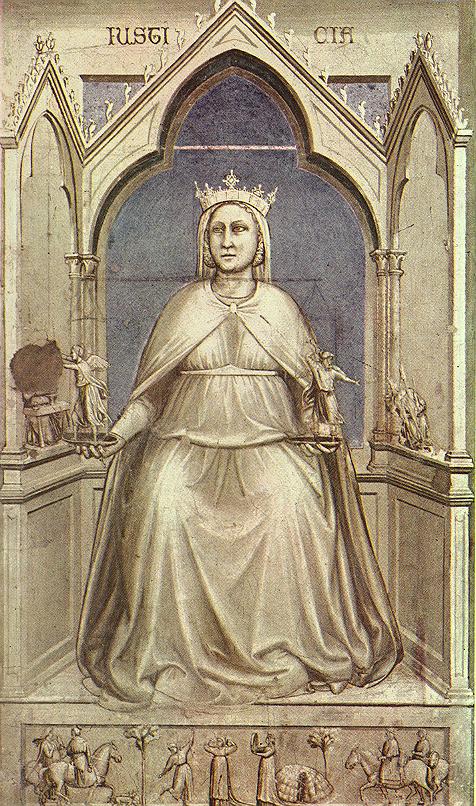
The Seven Virtues: JusticeThe figures of Justice and Injustice are larger than those of the other Virtues and Vices, and occupy a central position on the dado. Both are represented as rulers – justice wears a royal crown, and Injustice appears as a tyrant; their role as symbols of good and bad government respectively is indicated in the small reliefs on their thrones. Justice is shown as the personification of prosperity, while the tyrant Injustice occupies a crumbling turreted throne.
Slide 9: Masaccio, The Tribute Money c.1425, Brancacci Chapel, Santa Maria del Carmine, Florence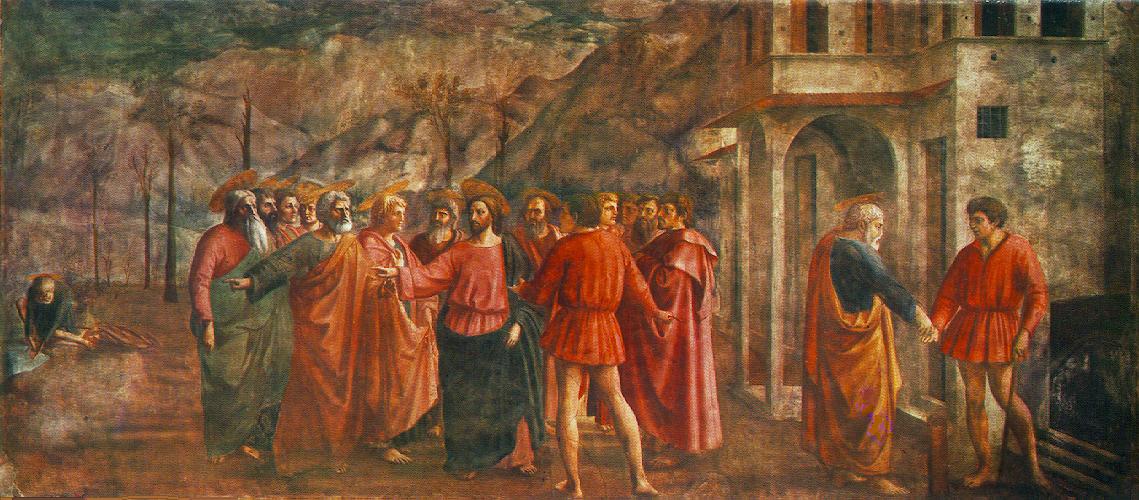
Slide 10: Jacques-Louis David, Oath of the Horatii 1784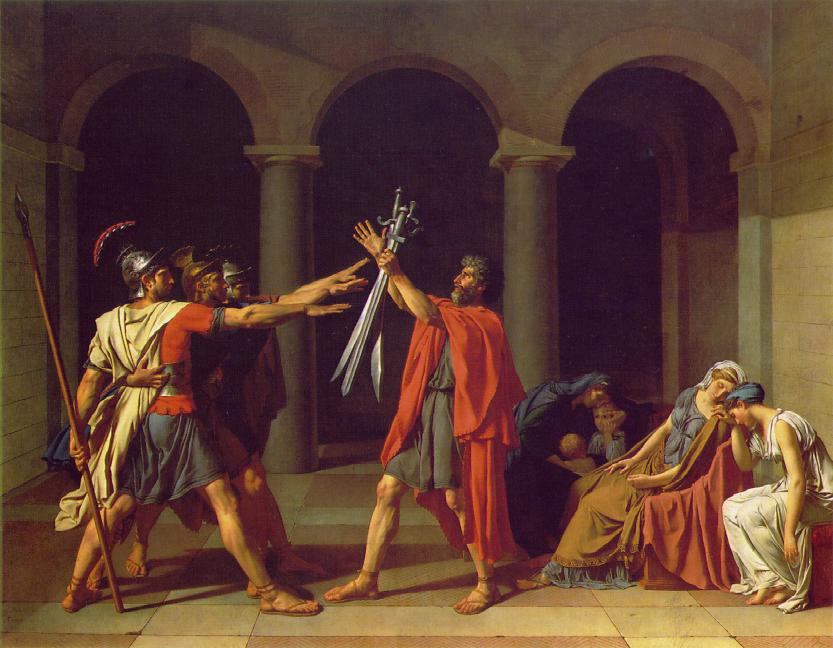
Slide 11: Piero della Francesca, Madonna del Parto c.1460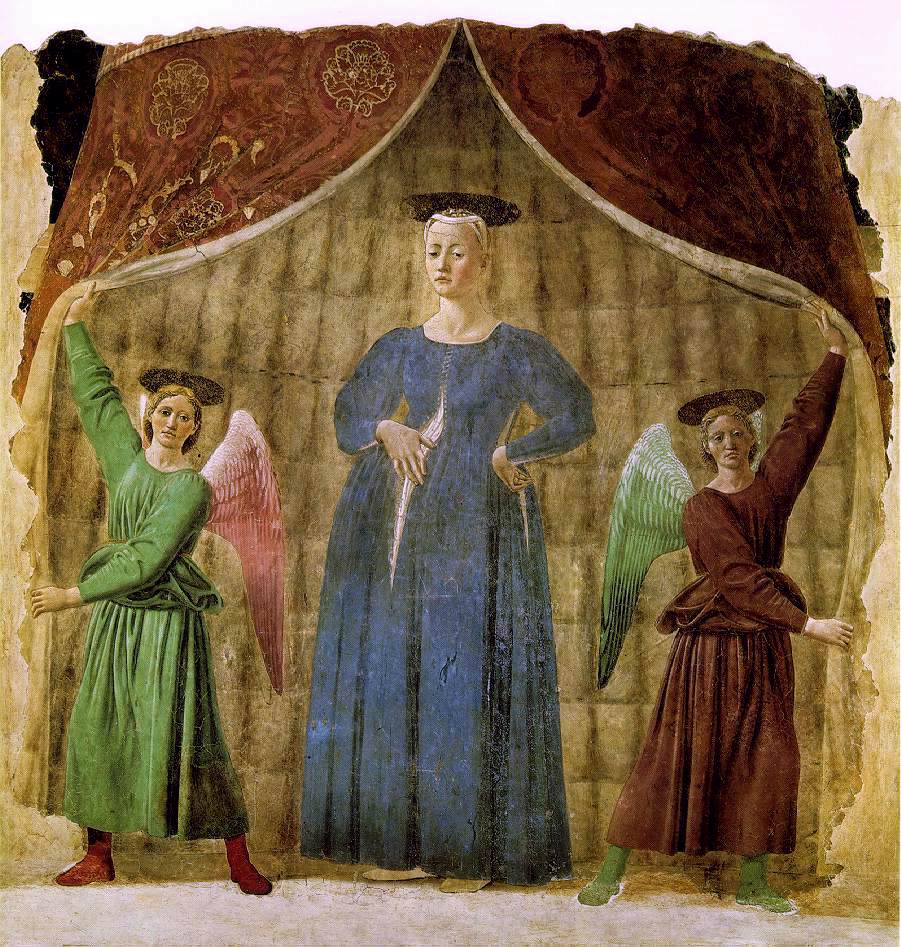
Slide 12: Jackson Pollock, Autumn Rhythm 1950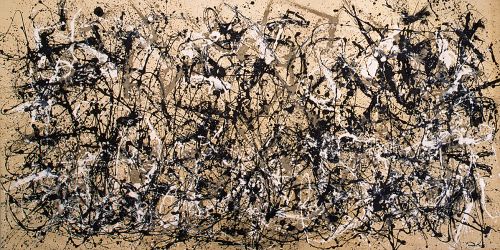
Slide 13: Edouard Manet, Concert in the Tuileries 1862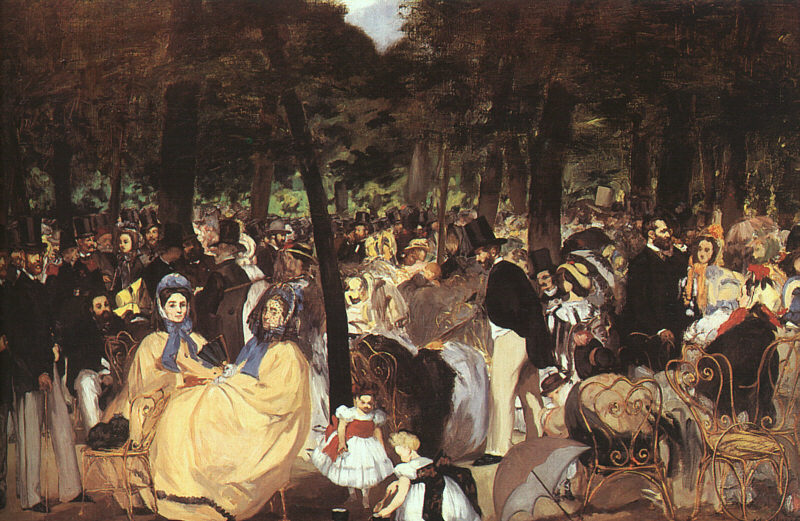
Slide 14: Edouard Manet, Olympia 1863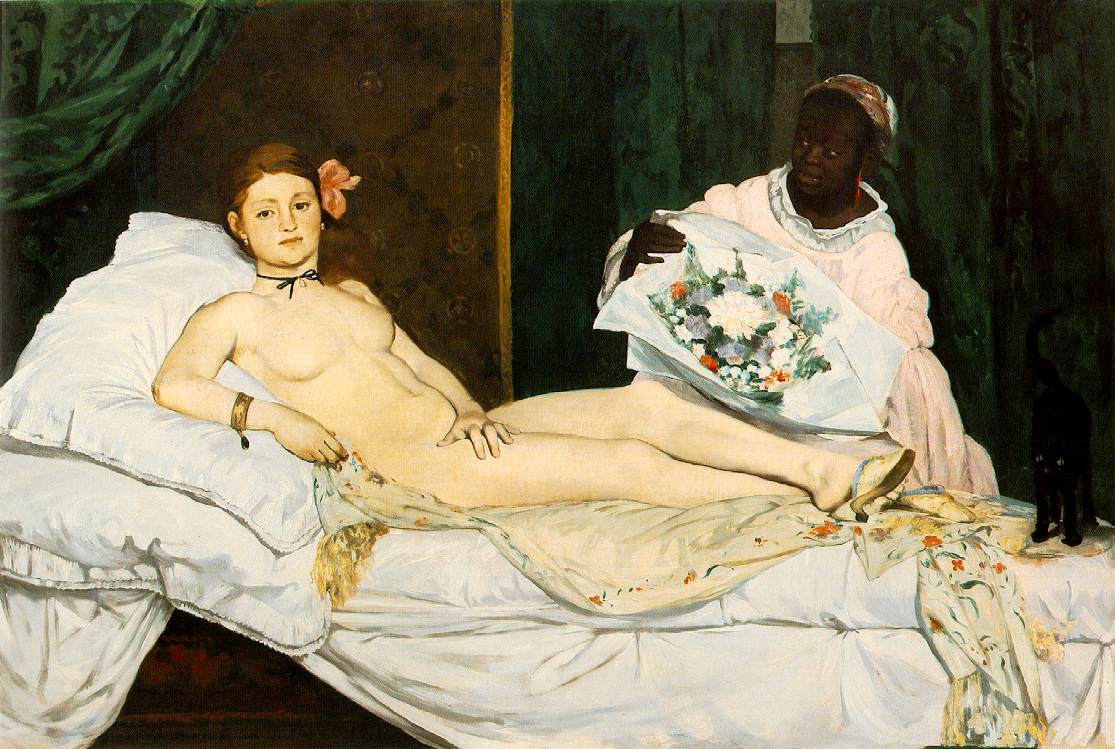
Slide 15: Richard Wilson, Caernarvon Castle c.1744-5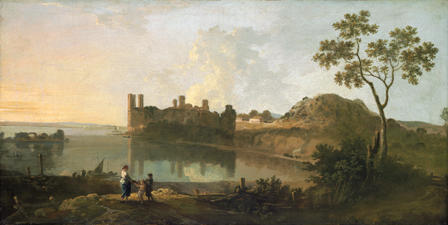
Slide 16: Richard Wilson, Caernarvon Castle c.1744-5 – detail(image not found)
Slide 17: George Stubbs, Reapers 1795